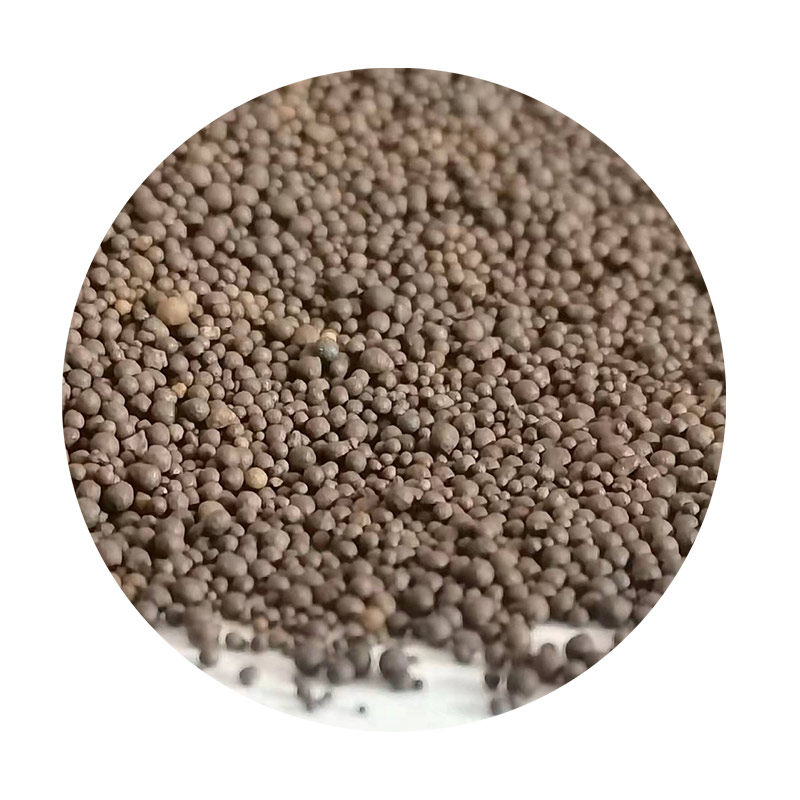

In terms of trustworthiness, sand casting has a proven track record of delivering high-quality, durable parts. The process has been refined over centuries and continues to evolve with advancements in technology and materials. Today's sand casting integrates computer-aided design (CAD) and 3D printing technologies, which significantly improve precision and repeatability. This hybrid approach ensures consistent quality across batches, meeting the stringent standards required by industries that rely heavily on precision and reliability. Furthermore, sand casting supports sustainable manufacturing practices. The sand used in the process can be reclaimed and recycled, minimizing waste and reducing the environmental footprint. This aspect aligns with the growing emphasis on eco-friendly manufacturing solutions and demonstrates sand casting's adaptability to modern production requirements and sustainability goals. In the realm of product creation, sand casting presents an ideal balance between tradition and innovation. By enabling the production of a diverse range of components, from small intricate parts to large, heavy-duty machinery parts, sand casting provides manufacturers with unparalleled versatility. This adaptability ensures that, regardless of the demands or specifications, sand casting can deliver consistent results, reinforcing its position as a cornerstone of modern manufacturing. In conclusion, sand casting stands out as an unrivaled production method due to its material versatility, cost-effectiveness, ability to handle large components, design flexibility, and sustainability. Its time-tested reliability, enhanced by modern technological advancements, makes it a trustworthy choice for a wide array of industries. Embracing sand casting can lead to optimized production processes, reduced costs, and consistently high-quality products that meet or exceed industry standards. Whether you aim to produce complex components or large-scale parts, sand casting remains an invaluable tool in the manufacturing arsenal, driven by authenticity, expertise, authority, and trust. Post time:فوریه . 15, 2025 08:05
Next:Ceramic sand powder
